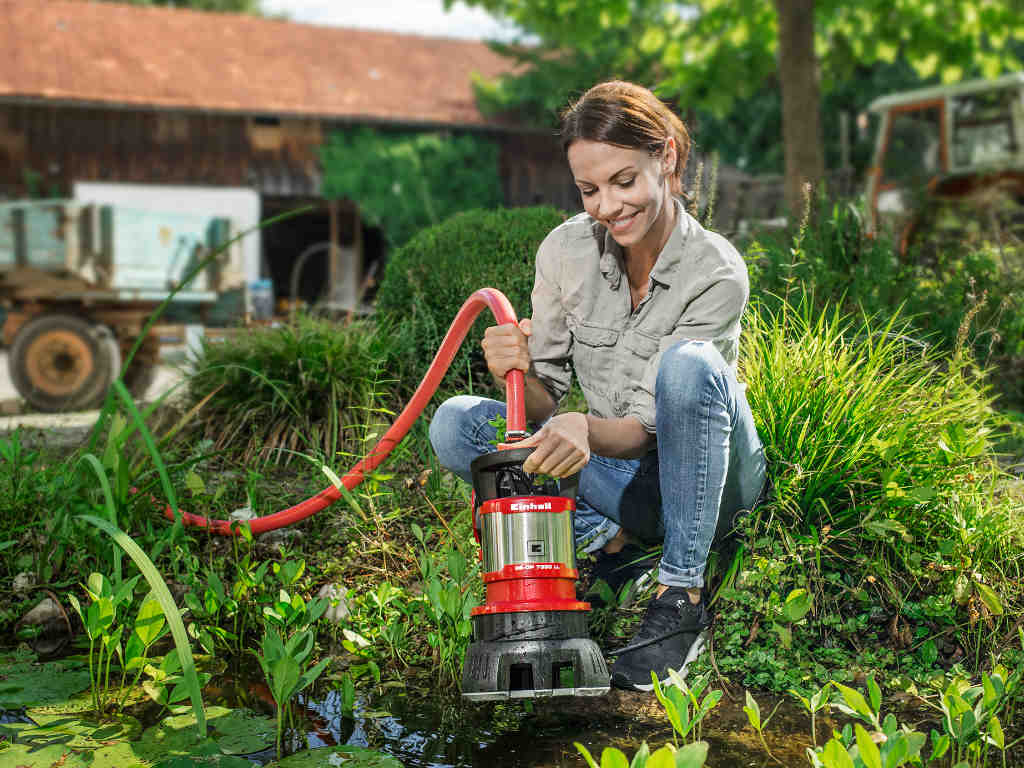How to Winterize the Garden?
The farther the year end is coming closer and the shorter the days are getting, the less time you spend in your home garden. But to give up gardening altogether, it is still a bit early. At least now you should do the final gardening, to usher the new season in the spring in a well-prepared garden.
Cutting Trees and Shrubs
Now that the last foliage has found its way to the ground, it's time to cut trees and shrubs. In the cold season, trees and shrubs, at the pruned sites, are less prone to pest infestation and fungal spores. In the case of fruit trees, it is also advisable to lime the stem, ie to coat it with a lime coating. The lime coating prevents thick moss on the trunk and reflects the warming rays of the winter sun. As a result, the tree trunk heats less and the risk of cracks occurring is significantly minimized!
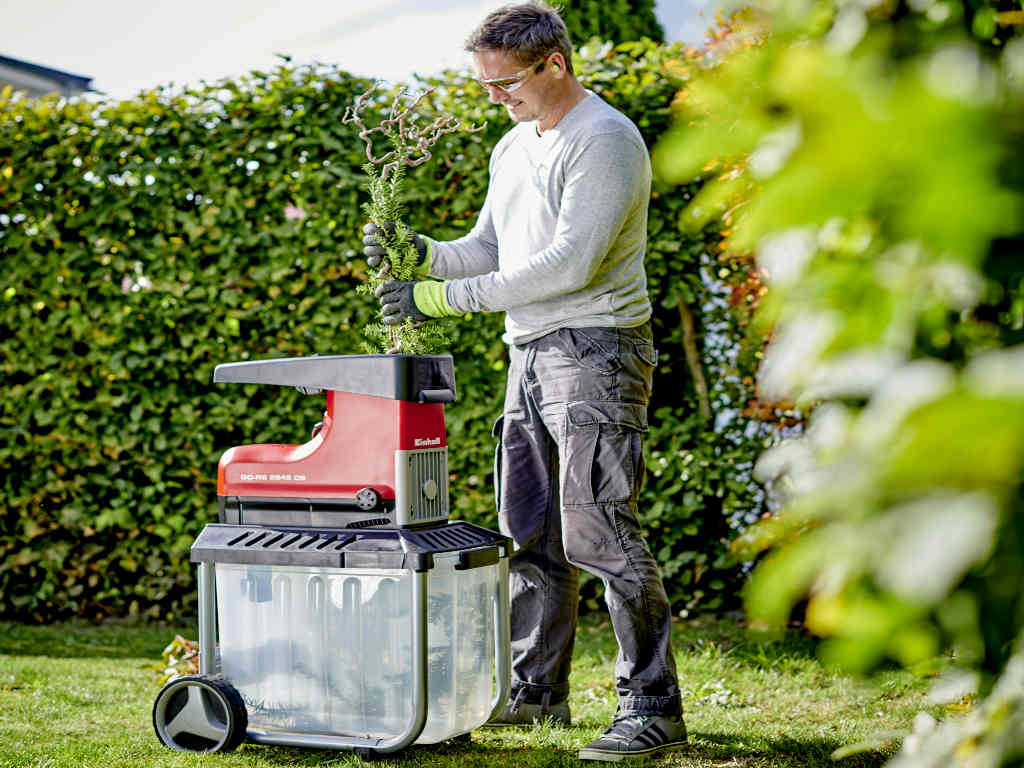
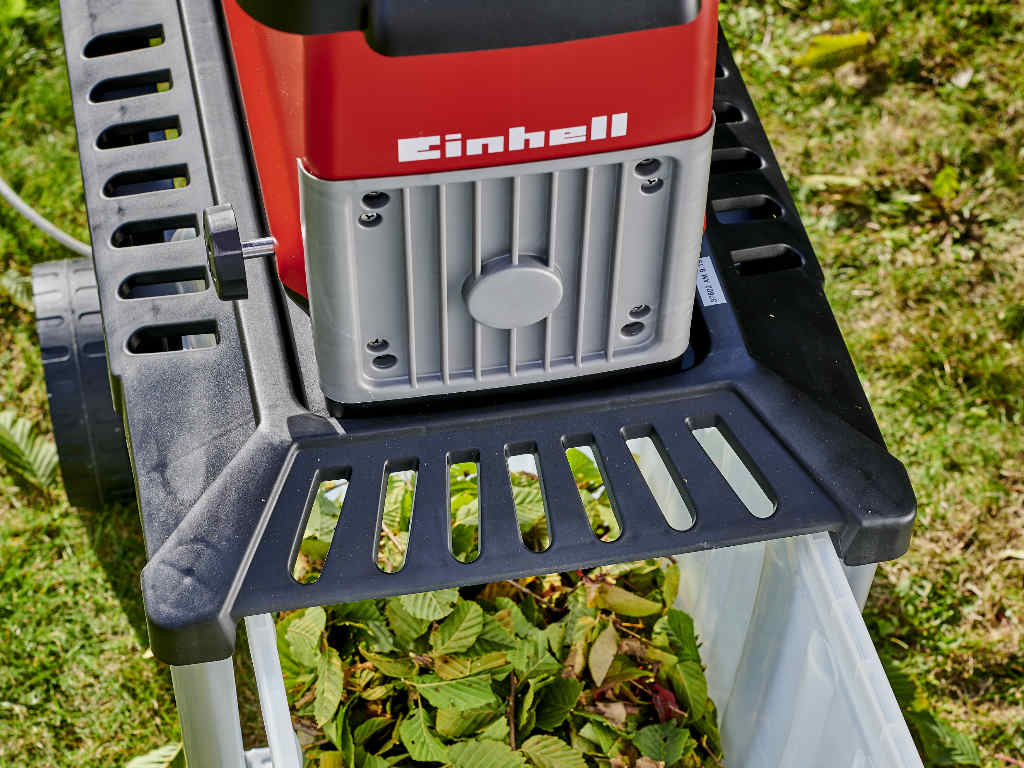
Remove Leaves from the Lawn
Fallen leaves should be removed from the lawn with the leaf vacuum or the rake, because leaves that are left behind will prevent the light from the lawn and damage it sustainably. On beds or directly under trees, however, the leaves can remain lying here, it offers animals such as insects or hedgehogs in the winter months retreat and a safe source of food. If space permits, think about using a pile of leaves to create a retreat for wildlife.
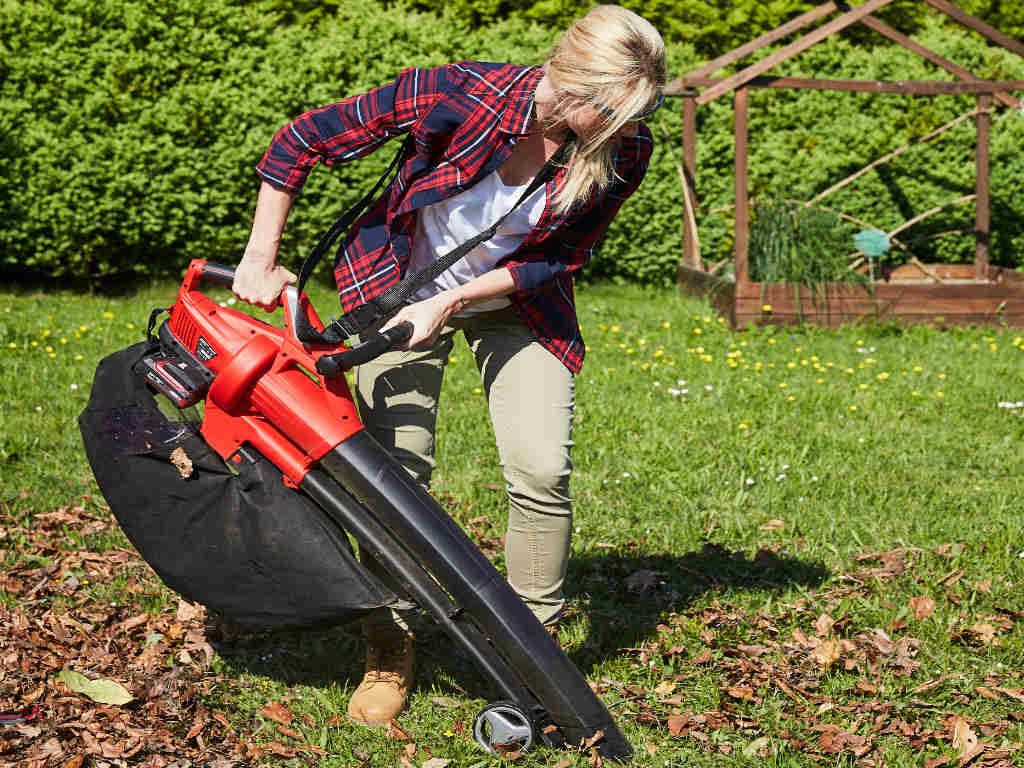
Winterize Balcony and Container Plantings
You should pay special attention to your balcony and container plants. Many plants used as potted plants come from the Mediterranean and are not or partially frost-proofed. Plants that are not frost resistant can easily spend the winter in a cool, unheated basement room. At low temperatures and low light, they almost completely cease their growth. Every few weeks, however, the plants overwintering in the cellar need a sip of water from the watering can, so as not to dry up.
As Winter-proof plants designated should despite this be protected against wind and frost with brushwood or raffia. Many so-called plants can withstand temperatures of around five degrees below zero, but can quickly take damage at the lowest temperatures reached in Germany.
Palm trees and palm-like plants should be kept in winter garden, if available. Otherwise a place on the south window is advisable. Palm trees are not allowed to stand in the cellar, without light they pass away.
Prepare Flowers
If the roses in the front yard are withered and brown, you can cut them down without problems until March. From about the beginning of April, roses start to form new shoots again.
If you still plan on burying flower bulbs, now is your last chance. Onions planted until mid-December have a real chance to become beautiful flowering tulips in spring.
Speaking of digging: Now is the perfect time to loosen up the soil, or dig flower and vegetable beds and create a fertile ground for the spring. This work is significantly relieved and perfectly implemented with the help of a tiller!
Evergreen plants such as cherry laurel and boxwood are now and then glad over a sip of water. Even if it sounds strange, evergreen plants can’t absorb any or only very little water from frozen soil and therefore in the worst case dry up.
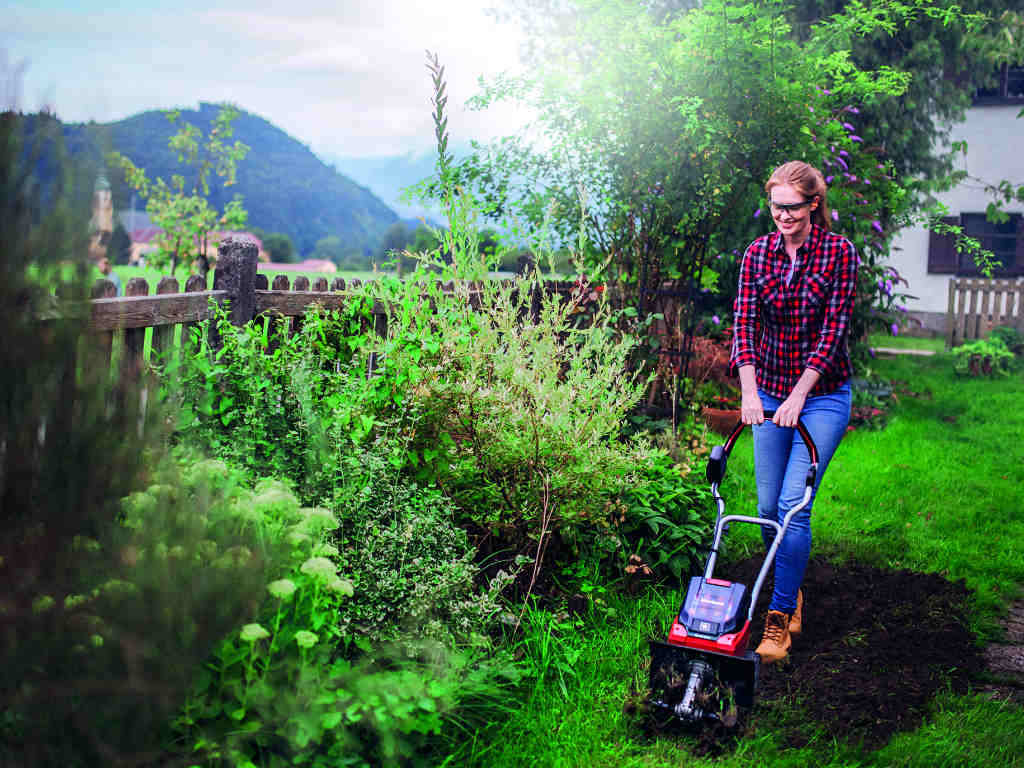
Empty Water Containers and Pipes
An important and often underestimated point in winter preparation is the emptying of water containers and water pipes outdoors. Since frozen water has the unpleasant property of expanding, it can quickly happen that a rain barrel breaks due to the pressure and thus is unusable in the coming season. Therefore, it is necessary to empty such containers, as well as water fountains on the terrace and to protect against filling up with rain or melting snow again.
Pipes in the garden, also lines from the house to the garage you should empty and rest with open tap over the winter. The open tap allows the build-up of pressure to escape and thus prevent damage to the pipe.
Furthermore, gutters should be prepared for the winter, as the melting snow brings large amounts of water with it and quickly overflows a clogged drainage channel. What you should consider when cleaning the gutter and useful information and tips, we have put together in another blog post.
Water pumps that are used in the summer for irrigating the garden or for ponds, you should dismantle if possible and store in the basement in winter. Like rain barrels, pumps can burst because of frozen water inside!
In addition to water pumps you have to store more garden tools over the winter. How this is done properly, or tips and tricks for storage and cleaning can be found in a separate contribution.
If all these points are taken into account, you should not encounter any unpleasant surprises when you enter the garden in the spring! So get to work!
